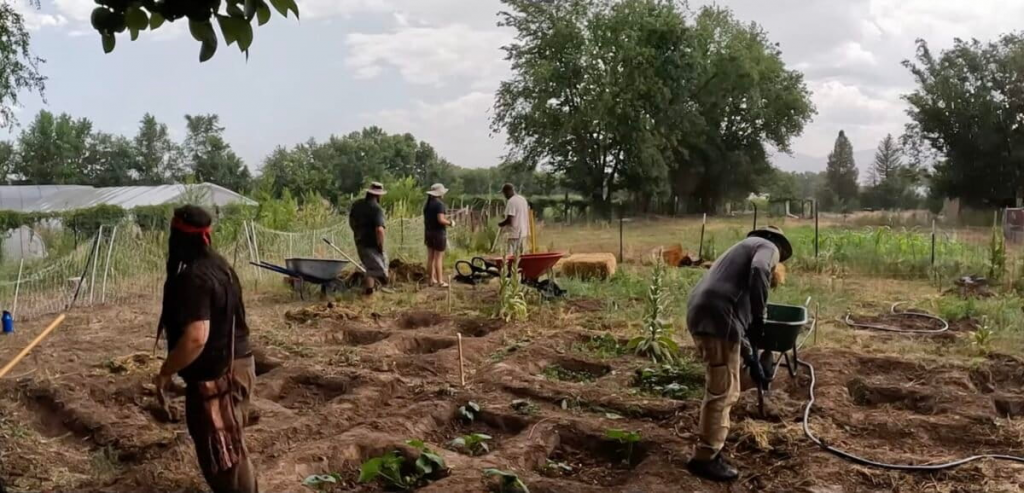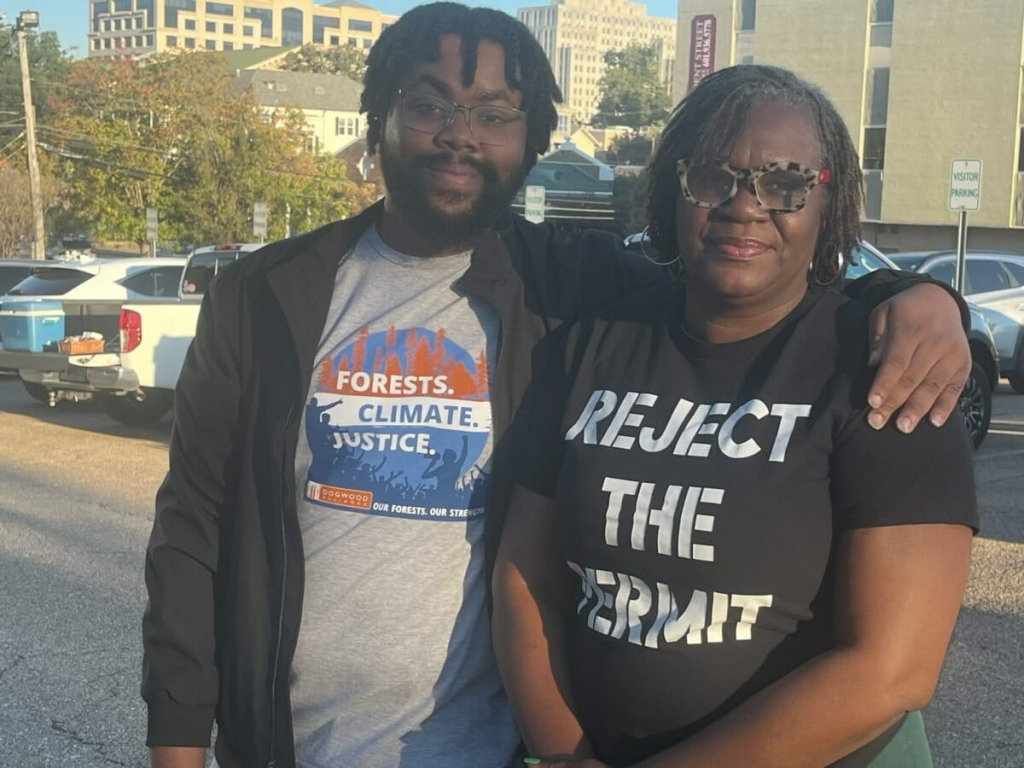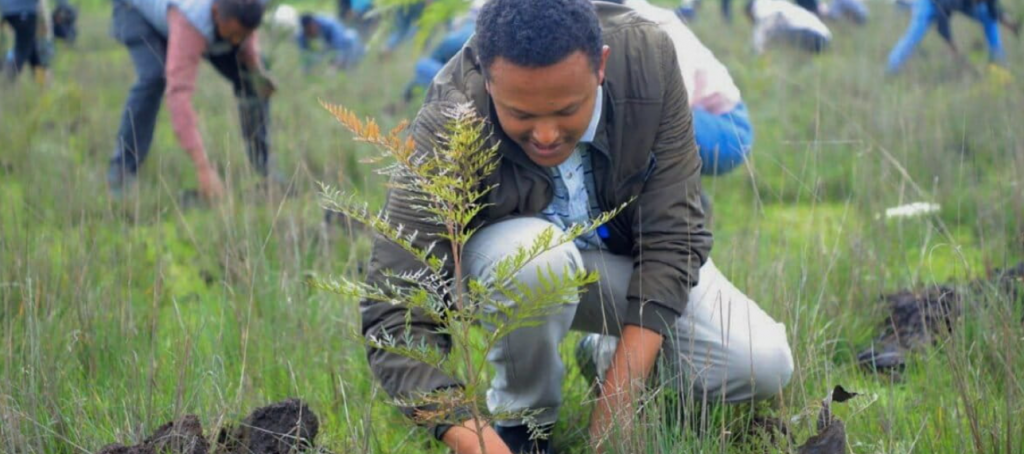
I am particularly happy with this story that I reported during a more than two-week stay in southcentral Alaska in June/July, 2025. Here’s how it started.
When my partner and I decided on a vacation trip to Alaska, I knew I wanted to have a story to report during our stay. A Wake Forest colleague of mine, Greg Larsen, was working with the National Park Service in Juneau and connected me to someone he knew in the Anchorage office, Heather Coletti, a marine ecologist. After an extended phone call prior to flying west, she and I discussed various ideas regarding her research. We settled on sea otters — or rather, the implications of a newly surging sea otter population throughout the sweeping Gulf of Alaska on both near-shore ecosystems and the economy of shell-fishing and crabbing.

It turns out, these sleek, richly furred creatures must eat as much as 30% of their 50 pounds in body weight every day to stay thrive and reproduce. Some estimates put the number of sea otters in Alaska at 70,000 — up from a few thousand some 20 years ago. That’s when you start to glimpse why clams, crabs, oysters, mussels and snails are harder to find off the coasts of seafaring places like Homer, Seward, Cordova and Valdez — as well as plenty of roadless Native Alaskan communities that rely on nature for their basic dietary needs.
When I started reporting, I figured the story had essentially two sides — the otters’ positive impact on balancing intertidal ecosystems by helping kelp forests thrive and their controversial impact on the very seafoods we humans consider delicacies. But as I interviewed more expert sources during my travels, a more nuanced science, economic and cultural story emerged — with a significant Native Alaskan angle.
In recent summers, I’ve had the great opportunity to report for Mongabay from Olympic National Park, Vancouver Island and northern California. This reporting from Alaska might be my favorite.
















